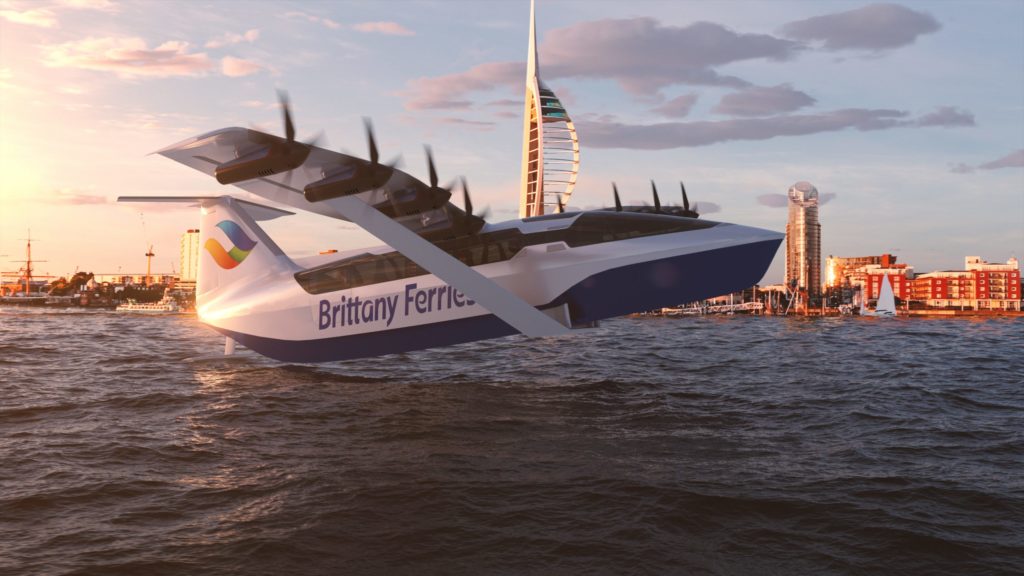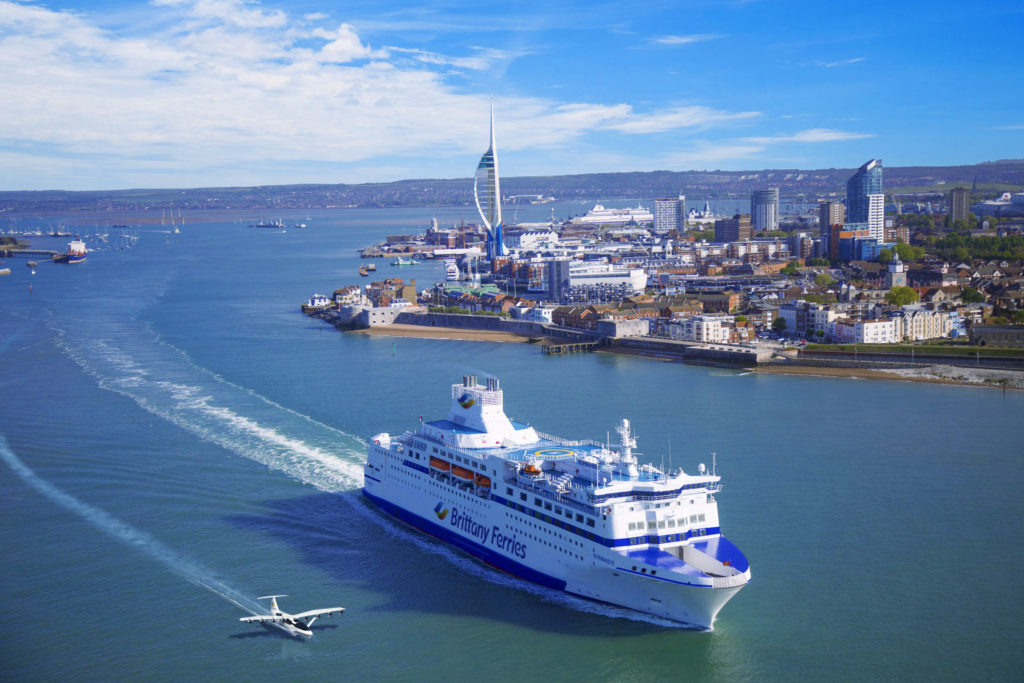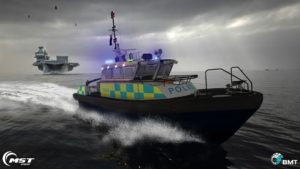Brittany Ferries unveils plans for all-electric 180mph ‘flying ferry’

Brittany Ferries is exploring the potential for a new high-speed, sustainable and more efficient form of ferry travel called a seaglider. According to Brittany Ferries, its proposed new all-electric craft foils like a hydrofoil and flies like a plane – all with the comfort and convenience of a ferry, and could cut travel times from Portsmouth to Cherbourg to 40 minutes.
The concept, an all-electric, wing-in-ground effect vehicle (WIG), is under development in the United States through Boston-based start-up REGENT (Regional Electric Ground Effect Nautical Transport).
Brittany Ferries has signed a letter of intent which could see seagliders with a 50-150 passenger capacity sailing between the UK and France by 2028. REGENT expects the first commercial passengers to travel on smaller electric craft by 2025.
Brittany Ferries says seagliders combine the convenience of passenger ferries with the comfort of hydrofoils, the aerodynamic efficiency of hovercraft and the speed of aircraft.
According to a statement by Brittany Ferries, the craft are expected to fly at speeds of up to 180 mph – six times faster than conventional ferries – with a battery-powered range of 180 miles.
The seagliders work by harnessing a concept well-known to pilots – ground effect. This is the cushion created by high-pressure air trapped between wings and the ground or water while flying at low altitude. Seagliders are therefore akin to a hovercraft with wings, rather than a skirt.

Following departure from port, the craft rises on foils insulating passengers from wave discomfort. In open waters, it takes off, riding the air cushion all the way to its destination. Wing-mounted propellors provide the thrust to take to the air at low speeds, while electric motors regulate air flow over wings while riding the air cushion.
Brittany Ferries says the craft are capable of moving significant loads over long distances at high speed. Power will come from batteries rather than fossil fuel.

Flight safety comes courtesy of redundant propulsion and flight control systems, with next-generation sensor suites detecting and automatically avoiding traffic at sea.
“Seaglider is an attractive and exciting concept and we look forward to working with REGENT in the months and years to come,” says Frédéric Pouget, ports and operations director for Brittany Ferries. “We are particularly pleased to contribute now because it means we can bring real-world challenges and potential applications into the company’s thinking at an early stage. We hope this may help bring commercial success in the years that follow. Who knows; this could be the birth of ferries that fly across the Channel.”
REGENT is working on several different sizes of passenger-carrying seagliders, all of which operate on the same principle.










